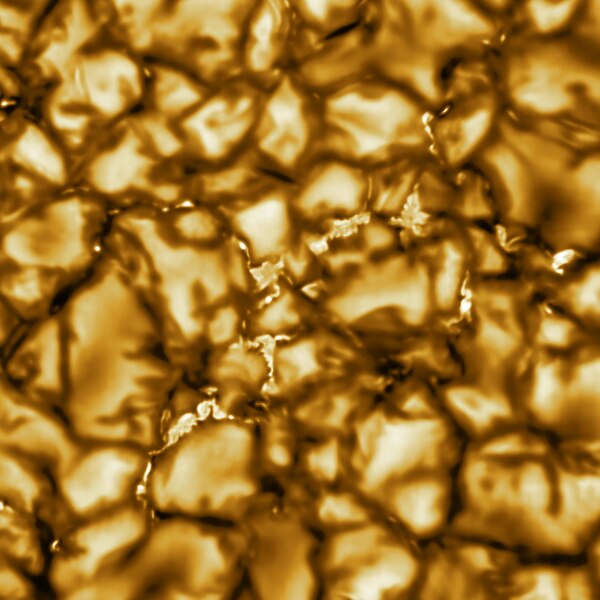|
تضامنًا مع حق الشعب الفلسطيني |
ملف:Daniel K. Inouye Solar Telescope highest resolution image of the Sun’s surface - Crop image full.tif
اذهب إلى التنقل
اذهب إلى البحث
ملحق معالج الوسائط لتنسيق الملف هذا مفقود. قد لا تعمل ميزات الوسائط المتقدمة ما لم يتم عرض الملف [ https://commons.wikimedia.org/wiki/File:Daniel_K._Inouye_Solar_Telescope_highest_resolution_image_of_the_Sun%E2%80%99s_surface_-_Crop_image_full.tif عند المستودع المشترك ].

حجم معاينة لذلك الملف ذي الامتداد TIF: 600 × 600 بكسل. الأبعاد الأخرى: 240 × 240 بكسل | 480 × 480 بكسل | 768 × 768 بكسل | 1٬024 × 1٬024 بكسل | 1٬640 × 1٬640 بكسل.
الملف الأصلي (1٬640 × 1٬640 بكسل حجم الملف: 15٫42 ميجابايت، نوع MIME: image/tiff)
تاريخ الملف
اضغط على زمن/تاريخ لرؤية الملف كما بدا في هذا الزمن.
| زمن/تاريخ | صورة مصغرة | الأبعاد | مستخدم | تعليق | |
|---|---|---|---|---|---|
| حالي | 03:48، 31 يناير 2020 |  | 1٬640 × 1٬640 (15٫42 ميجابايت) | commonswiki>Fabian RRRR | {{Information |description ={{en|1=Caption: The Daniel K. Inouye Solar Telescope has produced the highest resolution image of the Sun’s surface ever taken. In this picture taken at 789nm, we can see features as small as 30km (18 miles) in size for the first time ever. The image shows a pattern of turbulent, “boiling” gas that covers the entire sun. The cell-like structures – each about the size of Texas – are the signature of violent motions that transport heat from the inside of the sun t... |
استخدام الملف
ال1 ملف التالي مكررات لهذا الملف (المزيد من التفاصيل):
الصفحتان التاليتان تستخدمان هذا الملف: